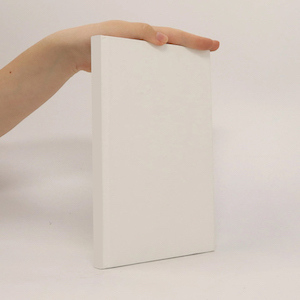
Viac o knihe
Since Theodor Adorno's critique of poetry "after Auschwitz," artists and theorists have grappled with reconciling the moral enormity of the Nazi genocide with the quest for creative freedom. Berel Lang examines the relationship between ethics and art in contemporary Holocaust discussions. He questions whether certain aesthetic methods or genres are inappropriate for representing the Holocaust and how much artists should be bound by historical "actuality." Lang asserts that the tension between artistic form and content intensifies when addressing morally significant events like the Holocaust. As authors seek innovative means of representation, Holocaust writings often blur genre boundaries, reflecting a desire for historical and artistic authenticity. This discussion is informed by controversies surrounding the truth of Benjamin Wilkomirski's "memoir" Fragments and Roberto Benigni's film Life Is Beautiful. Lang argues that Holocaust representation is constrained by ethical and historical limits. Art that disregards these constraints risks descending into sentimentality, melodrama, cliché, or kitsch, which is particularly objectionable given the moral gravity of its subject. Ultimately, all Holocaust representation must confront whether it might be more authentically conveyed through silence—by refraining from representation altogether.
Nákup knihy
Holocaust representation, Berel Lang
- Jazyk
- Rok vydania
- 2000
Platobné metódy
Tu nám chýba tvoja recenzia
